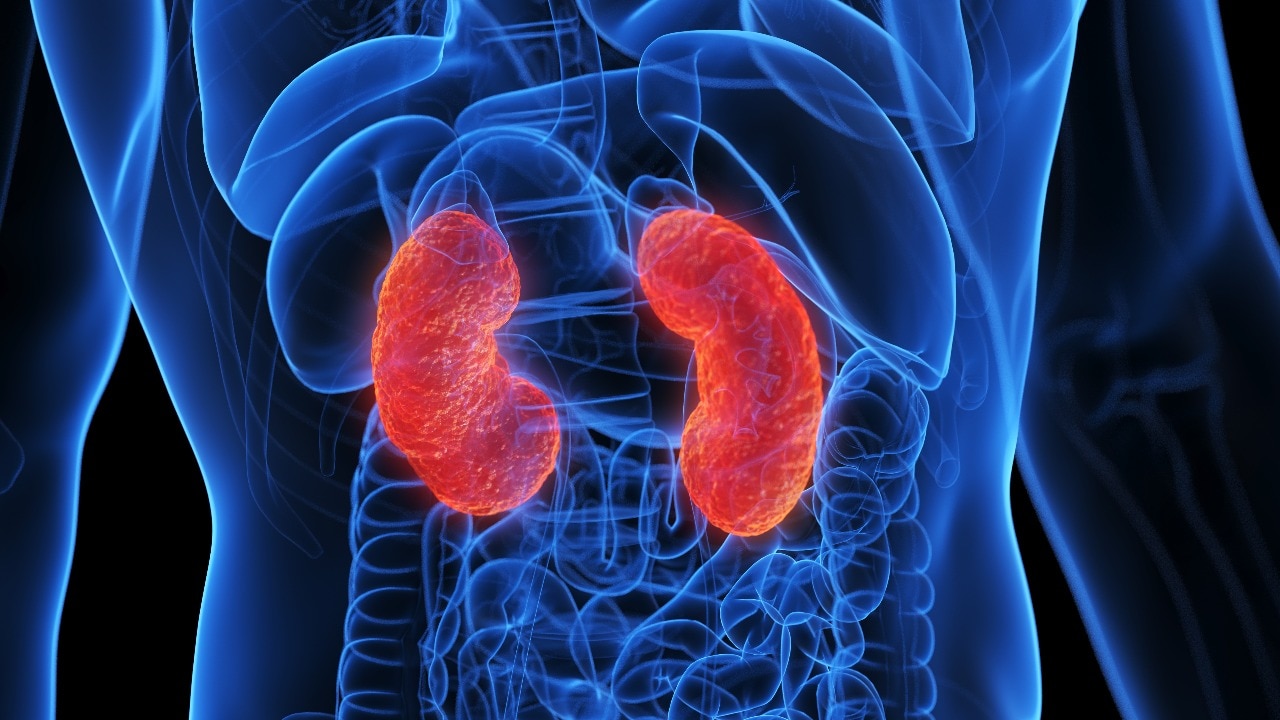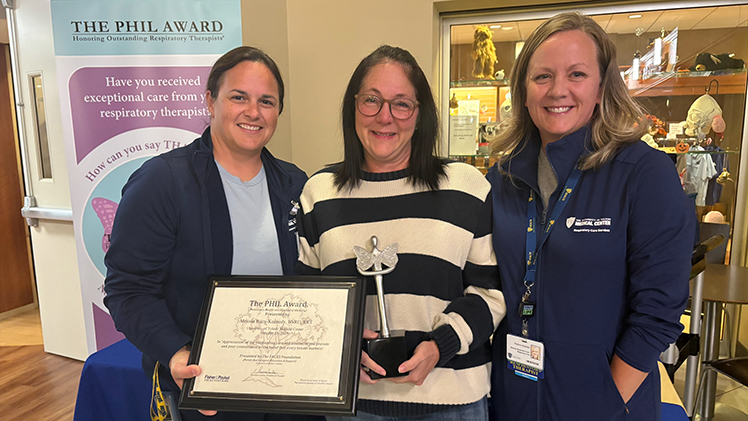How GLP-1 agonists impact US dialysis medical devices space

The growing burden of chronic kidney disease (CKD) and end-stage renal disease (ESRD) has been a major driver of demand for dialysis and kidney transplantation for decades. CKD is a progressive loss of kidney function over time and ESRD represents its terminal phase, when the kidneys can no longer sustain life without dialysis or transplant. The 2024 United States Renal Data System (USRDS) report underscores the scale of the problem: roughly 14% of US adults had CKD between 2017 and 2020, and more than 815,000 people are living with ESRD. Comorbidity is common: in 2022, 59% of ESRD patients had diabetes, 25% had heart failure and 20% had other cardiac disease.
Those figures raise an important clinical and strategic question for industry and clinicians alike: could glucagon-like peptide 1 (GLP-1) receptor agonists, given before or even during ESRD, meaningfully improve outcomes for this high-risk population? A 2024 clinical trial entitled A Research Study to See How Semaglutide Works Compared to Placebo in People With Type 2 Diabetes and Chronic Kidney Disease found that the decline in kidney function measured by glomerular filtration rate (eGFR), which shows how well the kidneys are filtering waste, was slower in the semaglutide group compared to the placebo group. The risk of major cardiovascular events in patients on semaglutide was 18% lower and risk of death caused by these events was 20% lower.
In January 2025, the FDA approved Ozempic (semaglutide) for use in reducing the risk of kidney failure and disease progression, and heart problems associated with diabetes patients with CKD. The EMA also allowed Ozempic to add reduction for events related to kidney disease to its label. Although Ozempic is not curative, it can slow the progression to ESRD, and decrease major cardiovascular events and deaths associated with them.
The impact on dialysis care or even transplants is interesting. One aspect is that while Ozempic will not cure CKD, it functionally slows disease progression and more patients therefore progress to stage 5 or ESRD – the stage at which dialysis or transplants are needed for patient survival as their kidney function declines. There may be a rise in the medical devices market, from human leukocyte antigen testing for organ matching to dialysers and dialysis machines for dialysis care.
Since type 2 diabetes is one of the main causes of CKD, will Ozempic use prior to CKD onset actually shrink the prevalence of ESRD? As one in three adults with diabetes (both type 2 and type 1) has CKD, by treating this population for type 2 diabetes with Ozempic to diabetes remission, patients may be prevented from developing CKD in the first place. Currently, it is difficult to predict the market for dialysis care in the US, with clinical applications for GLP-1 agonists such as Ozempic still being tested in clinical trials. Moreover, with budget cuts to public services such as Medicare and Medicaid, patients with CKD who would benefit from treatment with GLP-1 agonists may have limited access to care.
link





